Green manure with field beans, phacelia (bee friend) & clover: advantages of soil improvement and which seed mixtures are suitable.
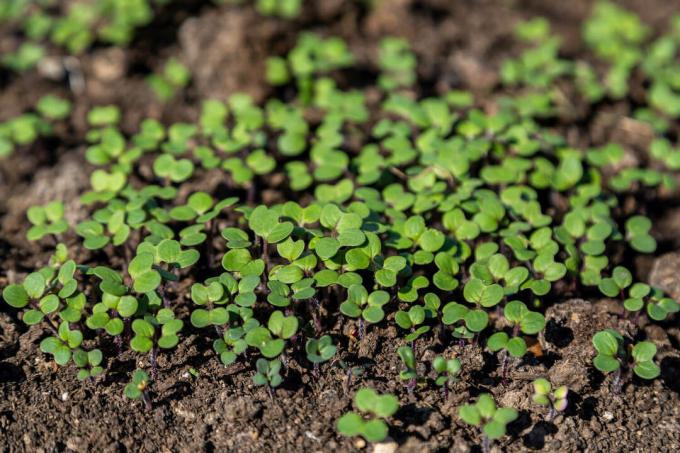
Green manure is a form of soil improvement where specific crops are grown before, between or after the actual crops. The name green manure misleads one into believing that these simply act like a fertilizer. But far from it! In this article we would like to show you that green manure can improve a variety of soil properties and should therefore not be missing in an organically managed garden.
Benefits of green manure
As mentioned in the introduction, green manure can naturally enrich the soil with nutrients. Plants are particularly suitable for this legume (Fabacae, formerly legumes). The plants live in symbiosis with nodule bacteria, which absorb nitrogen from the air. The nitrogen is converted by the bacteria in such a way that the plants can then use it as a nutrient. The longer you leave the legumes on the bed, the more nitrogen is stored. With this form of fertilization you do not have to be afraid that nitrogen will be washed out and that you will pollute the groundwater with it. The nutrients are stored in the green manure plants and are only slowly and continuously broken down and thus released. Our tip: This form of green manure is highly recommended, especially after a heavily consuming crop such as cabbage.
It is also suitable for transporting nutrients from deeper soil layers back to the surface. Especially with crops such as radishes, lamb's lettuce and spinach, there is the problem of the shallow root depth. The plants can only absorb nutrients from the upper soil layers and this soil layer is quickly depleted as a result. Sandy soil also means that nutrients quickly disappear into deeper soil layers when it rains. Green manures with taproots help here. The deep-rooted plants loosen the soil and also absorb nutrients from deep soil layers. If the green manure is then later worked into the soil, a slow release of nutrients into the upper soil is guaranteed. So that the green manure can develop its full effect, a long service life of the green manure is important. The plants need time to develop the deep soil with their roots.
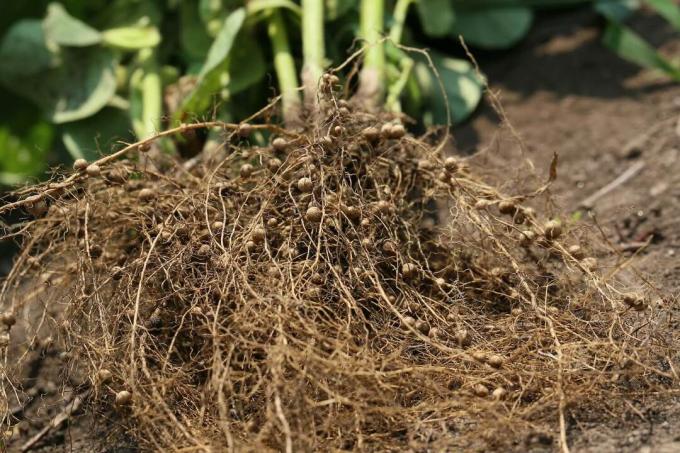
In addition to the aspects of nutrient supply, there are other good reasons for green manure. Most of the time, the bed lies fallow after the harvest. The surface of the earth is exposed to rain, wind and solar radiation. The soil and soil life can be adversely affected by these influences. A green manure also helps very well at this point. It vitalizes soil life and can also ensure that diseased crop residues are broken down more quickly. Shading the green manure also suppresses weed growth.
In addition, beds with green manure are retreats for many beneficial insects and from the flowering stage, the bees will also thank you for the nectar of the flowering plants. After flowering, however, the plants should be bent over so that the seeds of the green manure cannot ripen. When crops are next cultivated, the newly sprouting green manure would be a nuisance like weeds.
Choosing the right green manure crop
When choosing the right culture, attention should always be paid to the plant family. After growing bush beans (Fabaceae) it does not make sense, for example, to use a green manure with lupins (Fabacae) to do. If the same plant family is always grown on a bed, the probability of getting crop rotation diseases increases. For this reason it is also not advisable to use a mustard green manure (Brassicaceae) after a cabbage culture (Brassicaceae) to perform.
The strengths of each plant family are summarized below for you:
Legumes (Fabacae): Plants such as lupine, vetch and clover are particularly suitable for enriching the soil with nitrogen. It doesn't matter whether you use a mix of plants or just one culture. If your soil is very poor in humus, a clover culture can help to enrich the humus. However, the accumulation of humus is only sustainable if the clover stays for at least one season.
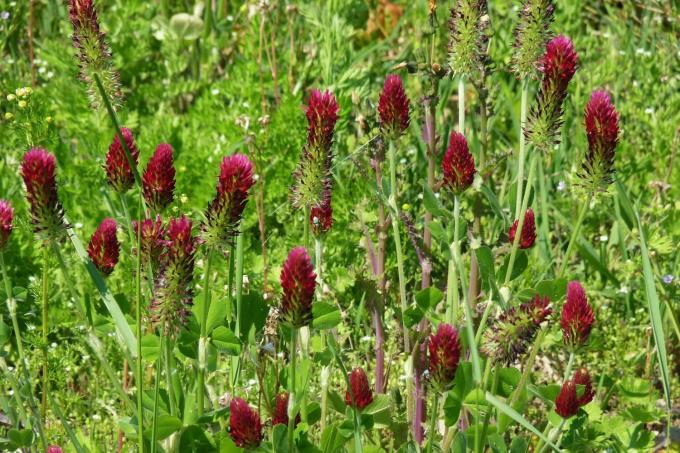
cruciferous (Brassicaceae): mustard and oil radish are particularly popular representatives for green manure. Mustard in particular grows very quickly and is therefore very competitive with weeds. The taproots are very good for absorbing nutrients from deeper soil layers. In addition, the mustard oils act as a pesticide and help with nematode infestation.
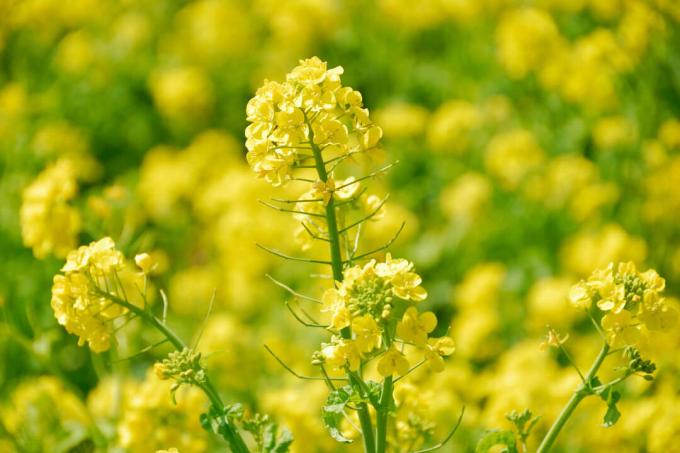
bee friend (Phacelia): This lush, violet-flowering plant is ideal as a soil conditioner. Phacelia is therefore often used for green manure. Since the plant is not closely related to any other crop, there are no problems with crop rotation. An additional benefit is – as the name Bee Friend suggests – the lush flowers, which serve as a source of food for bees in particular.
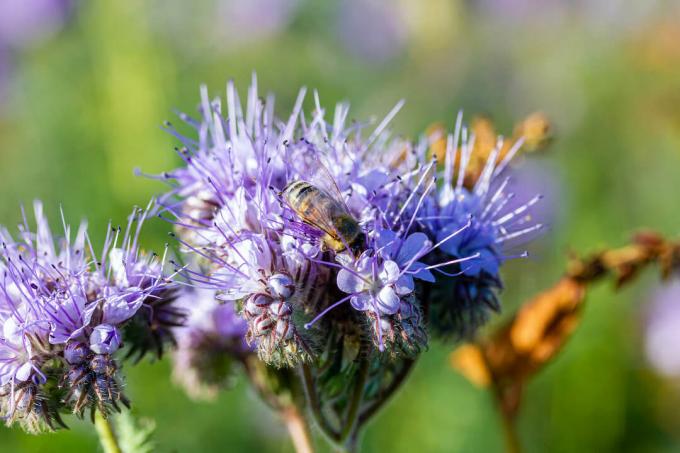
Green manure is particularly suitable for preparing the soil for the next gardening season. Here you will find information and tips on the subject green manure in autumn.



